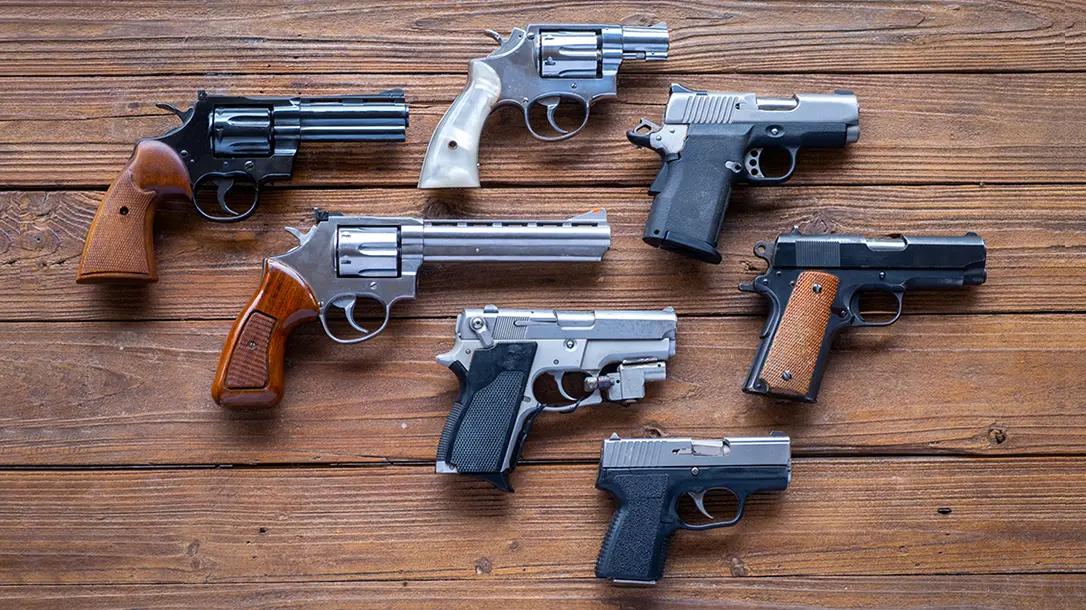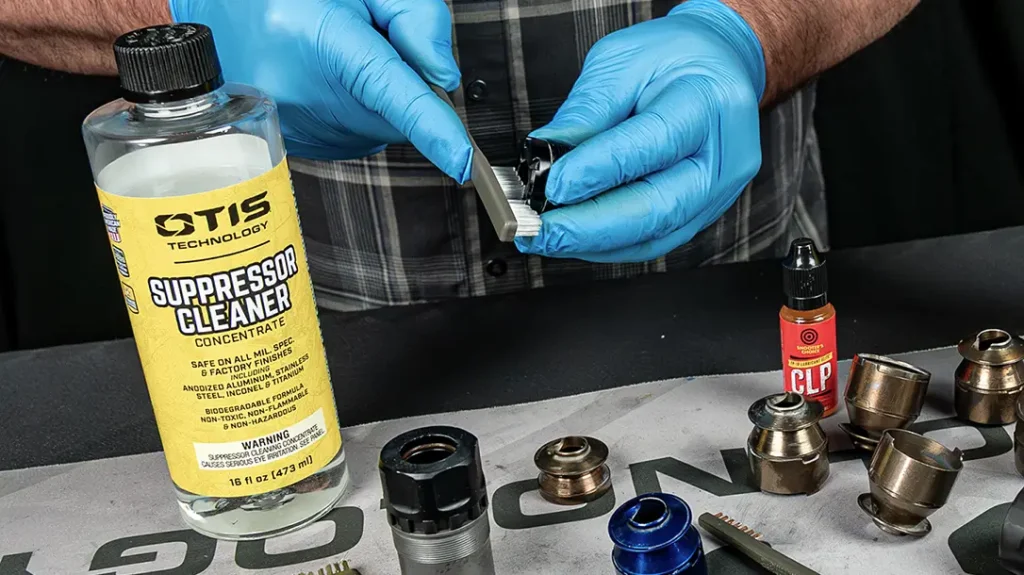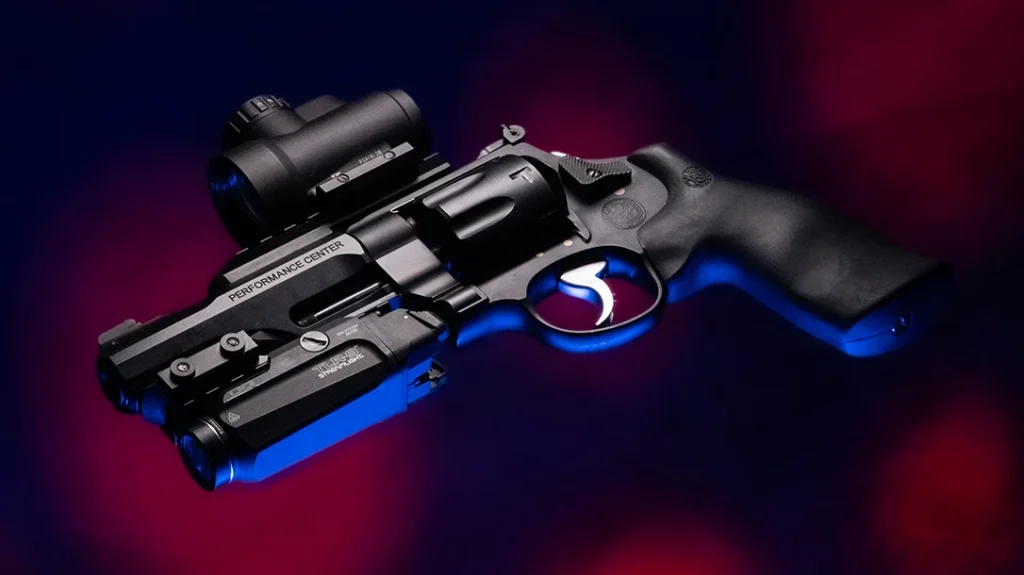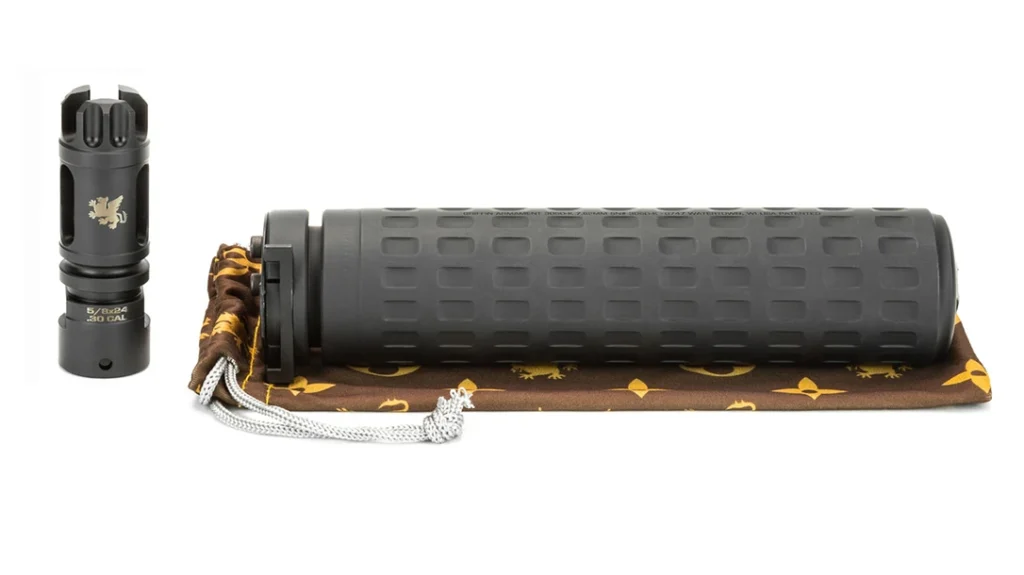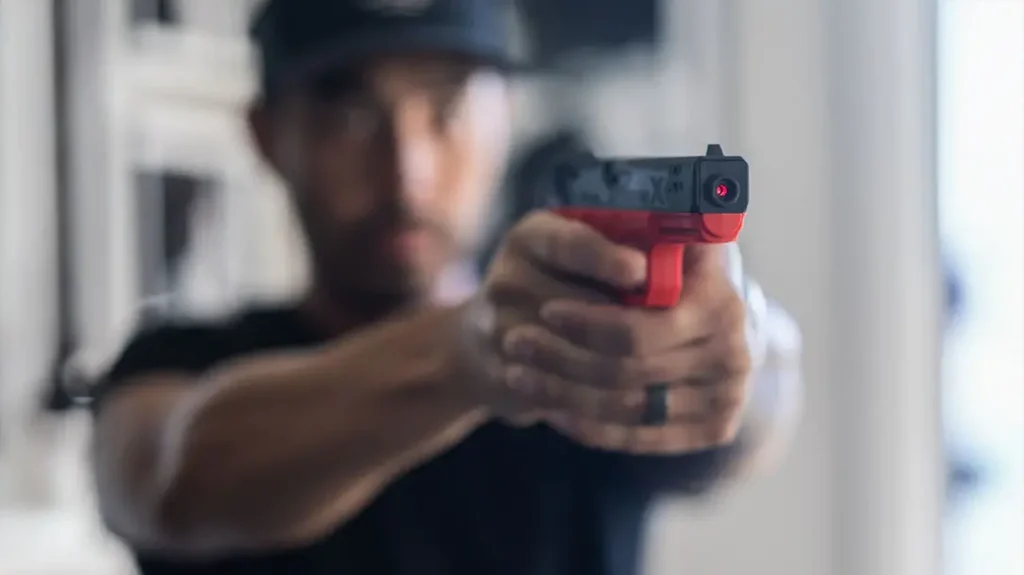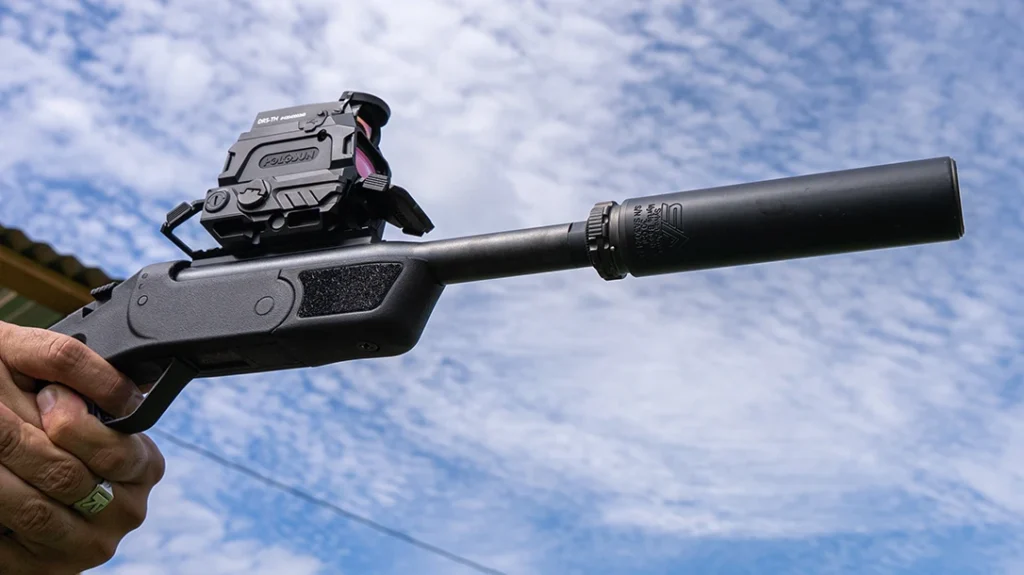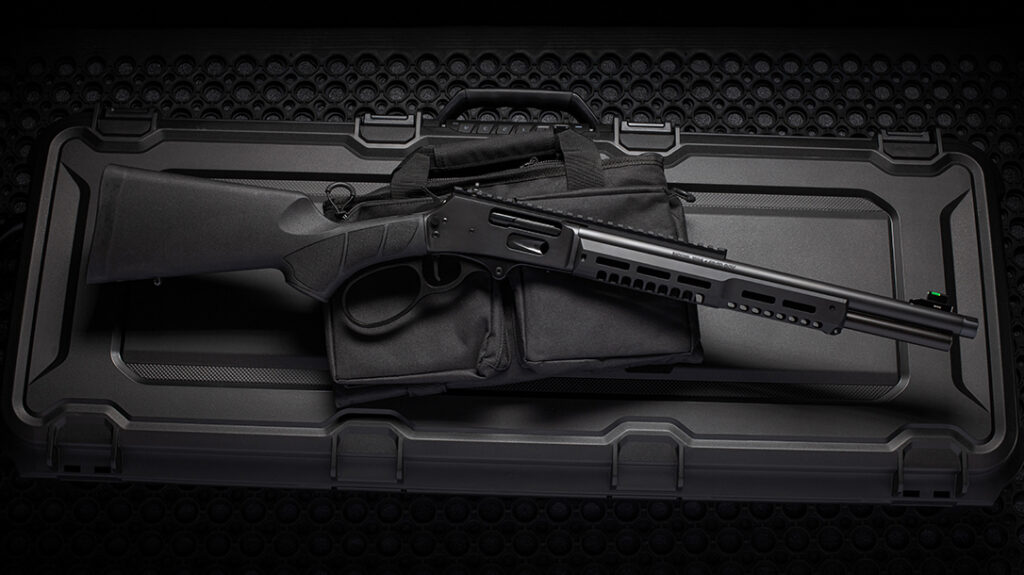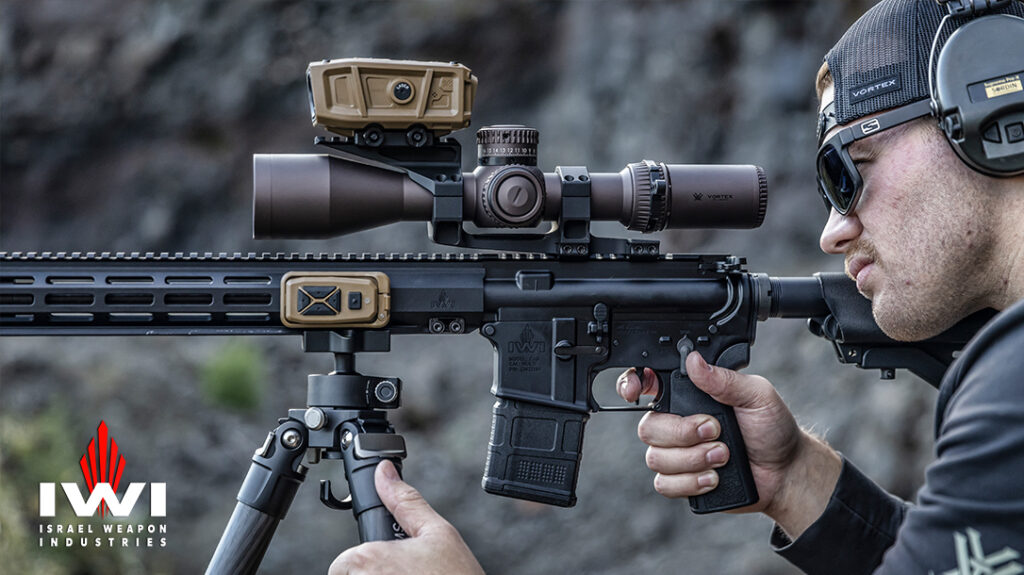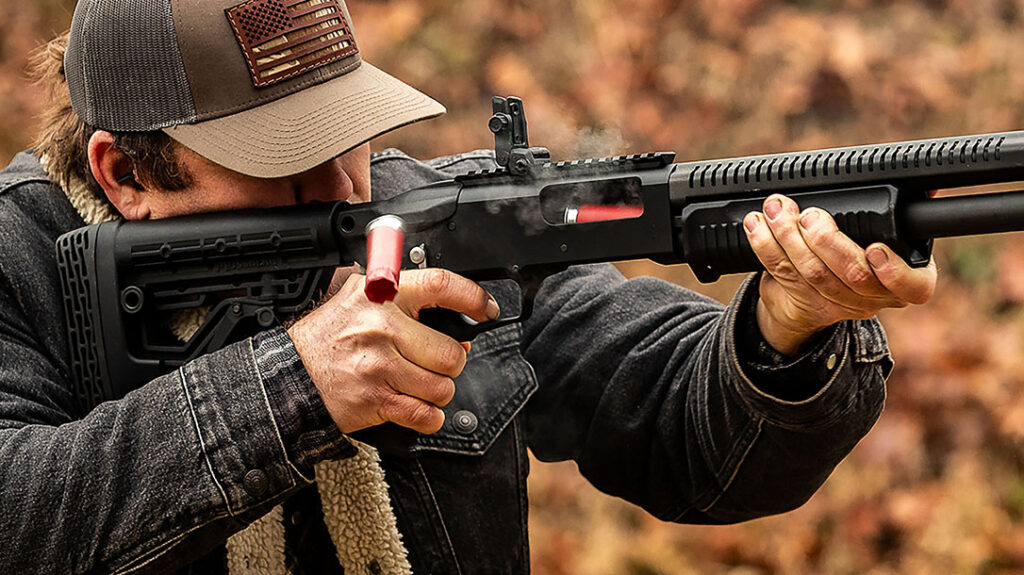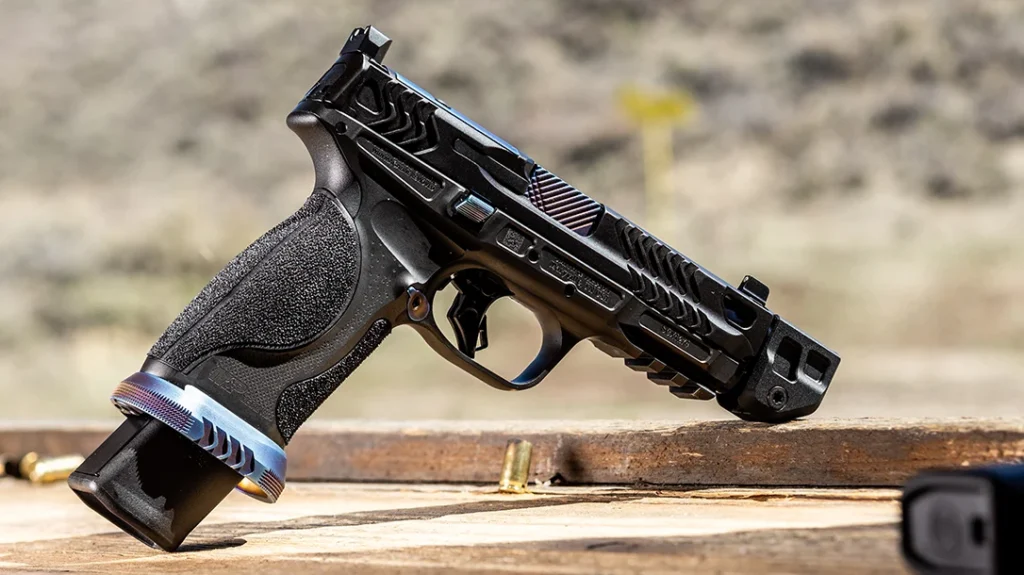It can be easy to overlook, but the grip on your firearm is one of its most important aspects. This fundamental feature allows shooters to improve their accuracy, increase safety, and gain better control of their handgun. When choosing a grip for your pistol, it should be comfortable, durable, and in some cases, aesthetically pleasing. Let’s explore the advantages and disadvantages of the five common pistol grip materials.
5 Common Pistol Grip Materials
1. Wood

If you are looking for a grip that has a traditional appearance, wooden grips are a great option. These grips typically have a smooth or checkered texture and are known for being extremely comfortable and solid to hold. They are excellent to carry because their smooth finish allows a shooter to draw their weapon easily.
Advertisement — Continue Reading Below
Many wooden grips are made out of walnut, rosewood, or even exotic woods such as zebrawood. These finishes can give a classic look to your firearm. However, a downside to wooden grips is that they are more susceptible to cracking if exposed to moisture or harsh temperatures.
2. Plastic/Polymer

One of the most popular grip materials is plastic, more commonly known as polymer grips. These grips often feature a matte, textured surface with either a molded or stippled pattern with dots or lines. They are typically made out of a nylon-based polymer, making them lightweight. However, due to the weight of this material, polymer pistol grips can give a sensation of more recoil. But this will vary from shooter to shooter.
Advertisement — Continue Reading Below
This grip material is known for being moisture-resistant, making it excellent to use in severe weather conditions. Additionally, the shape and texture of polymer pistol grips can be modified. This allows shooters to find a comfortable grip that perfectly fits their hand shape.
3. G-10 Epoxy Fiberglass

An epoxy fiberglass grip—or G-10—is a lightweight grip made by layering fiberglass cloth with epoxy resin and then compressing it under extreme pressure and temperatures. This material is long-lasting and strong, making it unlikely to scratch, dent, or soften over time.
Advertisement — Continue Reading Below
While epoxy fiberglass is durable, it is designed to have a rougher, more aggressive texture. Some shooters find it uncomfortable to hold for long periods of time. Moreover, these grips can be customized in many fun colors and patterns. This makes them extremely eye-catching and aesthetically pleasing.
4. Metal

Whether crafted from aluminum, titanium, or steel, metal grips are another excellent option for your pistol. These grips are made to be solid, comfortable to hold, and will not deteriorate with consistent use. Metal grips tend to weigh more, which can help a firearm feel more secure when shooting.
Advertisement — Continue Reading Below
This additional weight may seem like a benefit. However, if you plan to carry your firearm daily, it might pose an issue. Compared to other pistol grips, metal grips are generally more expensive. But they are praised for their appearance and low maintenance.
5. Rubber

Rubber grips are renowned for their softer texture, which makes them extremely comfortable to hold. In turn, this can help shooters avoid shooting fatigue and be able to train for more extended periods. One noticeable trait of rubber grips is that they tend to have a sticky or tacky feeling, especially when wet.
Advertisement — Continue Reading Below
Rubber grips are generally durable, but they can experience cracks and other cosmetic damage if not properly taken care of. If you carry regularly, one disadvantage of rubber grips is that they can get caught on clothing. This is not ideal if you need to draw your firearm in a life-or-death situation.
Your Pistol’s Grip Material Plays a Fundamental Role
Overall, the materials used to construct your handgun’s grips can play a fundamental role in your shooting experience. Wood, polymer, G-10, metal, and rubber grips will have their own advantages and disadvantages. But it all boils down to personal preference.
If you want to find the best grip for you and your firearm, it is highly recommended that you not only research but also try each type of material.
Advertisement — Continue Reading Below
